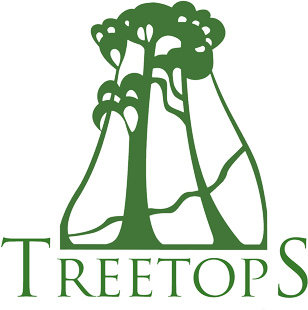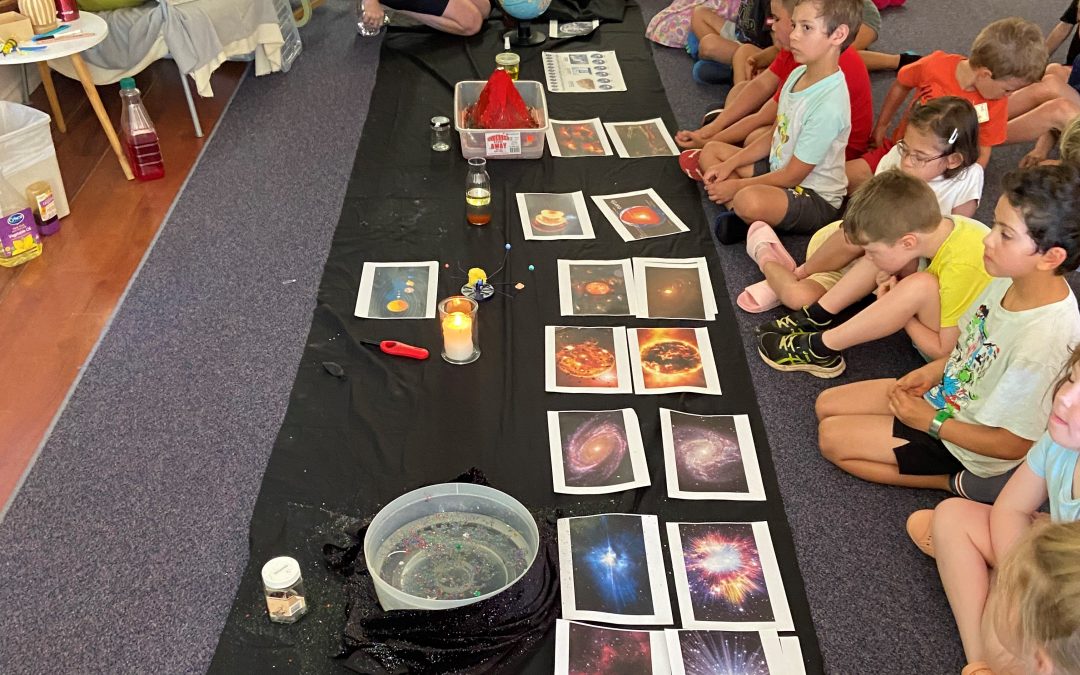Maria Montessori’s Great Lessons
Maria Montessori emphasised that all children are naturally inquisitive and keen learners, and therefore natural scientists. Our Year 1/2 students began the year confirming that they are scientists who use their senses to explore the world around them. This was further consolidated with an incursion from the Australian Earth Science Education unit. Students were introduced to a small white bead which suddenly and unexpectedly turned purple when taken outside. Students were then led through the scientific process to determine what had prompted the bead to change from white to purple. Was it heat? Wind? Light? Students re-examined the bead with their own senses, then wore special glasses which split the white light into rainbows, and finally used a special UV light to determine that it was UV light which had changed the bead from white to purple.
Maria Montessori also emphasised that children gain a better understanding of the passing of time when learning is spread out in a line. Students engage in many activities to support this learning, including Maria Montessori’s Great Lessons which are part of her Cosmic Education.
Maria Montessori’s First Great Lesson opens students’ minds to question and research the beginning of time, the universe, and the creation of Earth itself. Students engage in activities considering if there is anything colder than ice. Are some liquids heavier than others? What happens when simple chemicals combine?
Maria Montessori’s Second Great Story is based on the coming of life. The Prehistoric Felt Timeline enables students to gain an understanding of the time taken for life to evolve and develop. The black section is a time when no life existed, grey is the beginning and time of very simple life, yellow is the explosion of life in the oceans. The oceans became overcrowded and full of oxygen, so a fish developed two air sacs and pulled itself out onto land. The first amphibian had developed. The orange section is the Mesozoic Era, the age of the giant reptiles known as dinosaurs. Some of the smaller reptiles began to fly, these were the first birds. The green section is the age of mammals, and the tiny red section at the end of the timeline is the time of humans!
The Felt Prehistoric Timeline is then followed by Maria Montessori’s Timeline of Life. Students study the timeline to see how plants and animals evolved, developed, changed, were affected by ice ages, and further evolved.
Natalie Boyd-Ratcliff
Wattle (Year 1 & 2) Teacher




